Search
Search Results
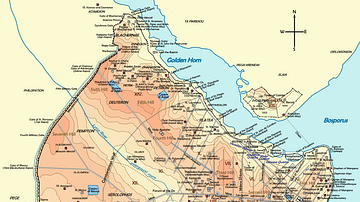
Definition
Constantinople
Built in the seventh century BCE, the ancient city of Byzantium proved to be a valuable city for both the Greeks and Romans. Because it lay on the European side of the Strait of Bosporus, the Emperor Constantine understood its strategic importance...
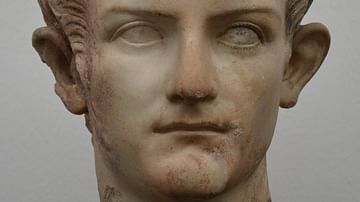
Definition
Caligula
Caligula (Gaius Julius Caesar Augustus Germanicus) was Roman emperor from 37 to 41 CE. Among the great emperors of the Roman Empire stand Augustus and Marcus Aurelius. At the other end of the spectrum is Emperor Caligula who the historian...
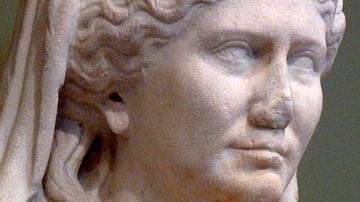
Definition
Cybele
History verifies the importance of religion not only on a society's development but also on its survival; in this respect the Romans were no different than other ancient civilizations. During the formative years of the Roman Republic, especially...
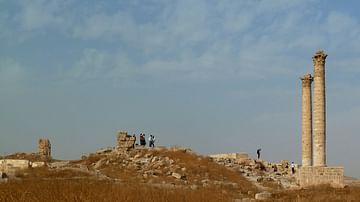
Definition
Edessa
Edessa (modern Urfa), located today in south-east Turkey but once part of upper Mesopotamia on the frontier of the Syrian desert, was an important city throughout antiquity and the Middle Ages. A city within the Seleucid Empire, then capital...
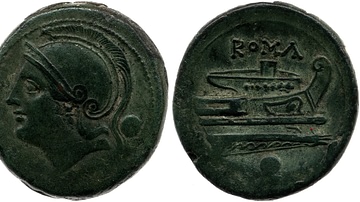
Image
Copper Coin Depicting Roma
A copper coin depicting the goddess Roma, a personification of Rome, or the war goddess Bellona on the obverse. On the reverse, the prow of a ship and the title "ROMA". Minted in Rome c. 217-215 BCE. (British Museum)

Video
Gypsies, Roma, Travellers: An Animated History
Europe is home to 10-12 million Roma, yet many Europeans are unable to answer the basic question, “Who are the Roma?” The remarkable history of Gypsies, Roma, and Travellers in Europe, beginning over 1,000 years ago, tells a story of diversity...
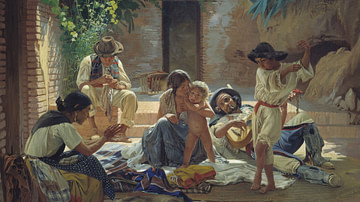
Definition
Romani
Romani is an umbrella term used to describe a diverse ethnolinguistic group of people with a historical presence in Europe and West Asia. The historically common term 'Gypsy' is based on the myth that they came from Egypt. In reality, the...

Video
How the Ancient Roman Government Worked
Western Civilization is forever indebted to the people of ancient Greece and Rome. Among the numerous contributions these societies made are in the fields of art, literature and philosophy; however, perhaps their greatest gift to future generations...

Video
The Warrior Queen Zenobia of the Palmyrene Empire
The warrior queen Zenobia of the Palmyrene Empire ruled her kingdom for three years until the Roman Emperor Aurelian stopped her in her tracks. The Palmyrene Empire was an empire that broke away from the Roman Empire during the instability...
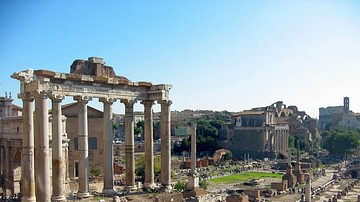
Definition
Ancient Rome
According to legend, Ancient Rome was founded by the two brothers, and demigods, Romulus and Remus, on 21 April 753 BCE. The legend claims that in an argument over who would rule the city (or, in another version, where the city would be located...